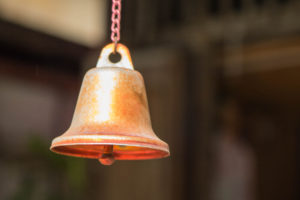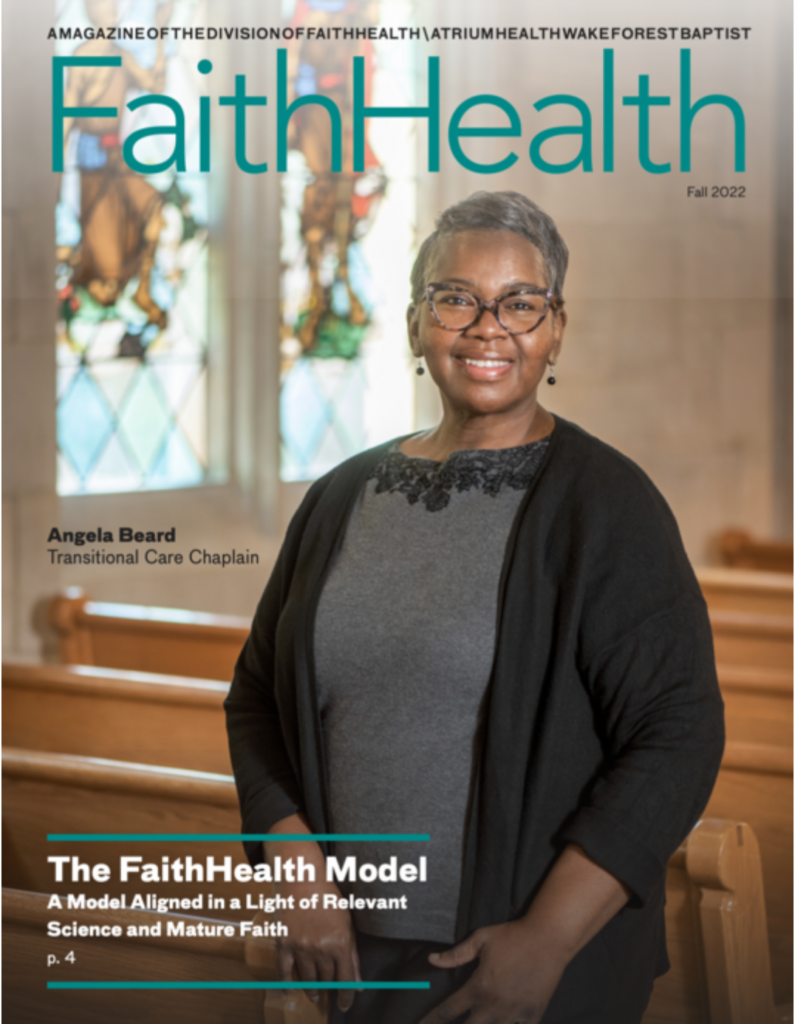By Andrea Simmonds
Much like every day in chaplain residency I never know what to expect. Most days I decide that today is the day I will work on my written work, get caught up, and then spend the rest of my time in the clinic rather than the other way around. However, recently I was looking at my pastoral care consults that needed to be done and right at that moment the chaplain on call let me know that a code blue, a cardiac arrest, had just come through on the pager and it was for my bone marrow transplant unit. Chaplains are expected to respond to every code blue. I quickly grabbed my official chaplain stuff folder and hurried over to the cancer center.
Unlike all of the other units in the hospital, when a code is running in the cancer center there is a loud dinging noise and the light above the patient’s room flashes blue. I get to the unit and turn the corner and see all of the people who’ve run from different places in the hospital crowding into this room to resuscitate this elderly man who, apparently after listening in to several conversations, was “perfectly fine that morning.” I ask the appropriate people if there were family present, there was not.
Often if a code is going, I will wait to see if the family is coming, if the patient is going to make it, etc. I find tasks that make it seem like my presence there matters. A chaplain’s role often when there is no one to “tend to” is to stand and witness all those who are in line working to bring someone back. Our hands will not touch the person in distress we will not have sweat pouring off our brow.
At this particular code I went back around to the nurses’ station to see if they were going to notify family and if they did let them know they could call me back when they got there, because the patient was going to be transferred to the ICU one floor above. As I was sitting at the nurses’ station, listening to the odd alarm ringing down the hall signaling the code, another patient was coming around the corner with his medical care team. They were all smiling and laughing. I watched as they came in front of the desk where the large windows looked out onto the rest of the city. On almost all of the units in the cancer center, there is a bell that is rung when patients are completing treatments. A bell that is rung in victory and celebration of the completion of one part of a journey.
The patient and his care team gathered at the bell, and he gave it one good strong ring. The juxtaposition of the bell’s timber ringing in conjunction with the code’s odd dinging struck me. Both sounds ringing through my chest and forcing my attention. Here in front of me one patient was rejoicing and smiling and just down the hall one man was violently being pulled back into this life. Two different bells signaling two very different experiences, but ringing nevertheless no more than a few feet from one another. I am often reminded in these experiences that the space I inhabit in the hospital is not one that in which many others get to step. A lot of the time the sacred in the hospital can be jarring and a little uncomfortable. It is a reminder nonetheless that any of us could at any point could be anywhere in the liminal space between the bells.
Andrea Simmonds is a first-year chaplain resident.

